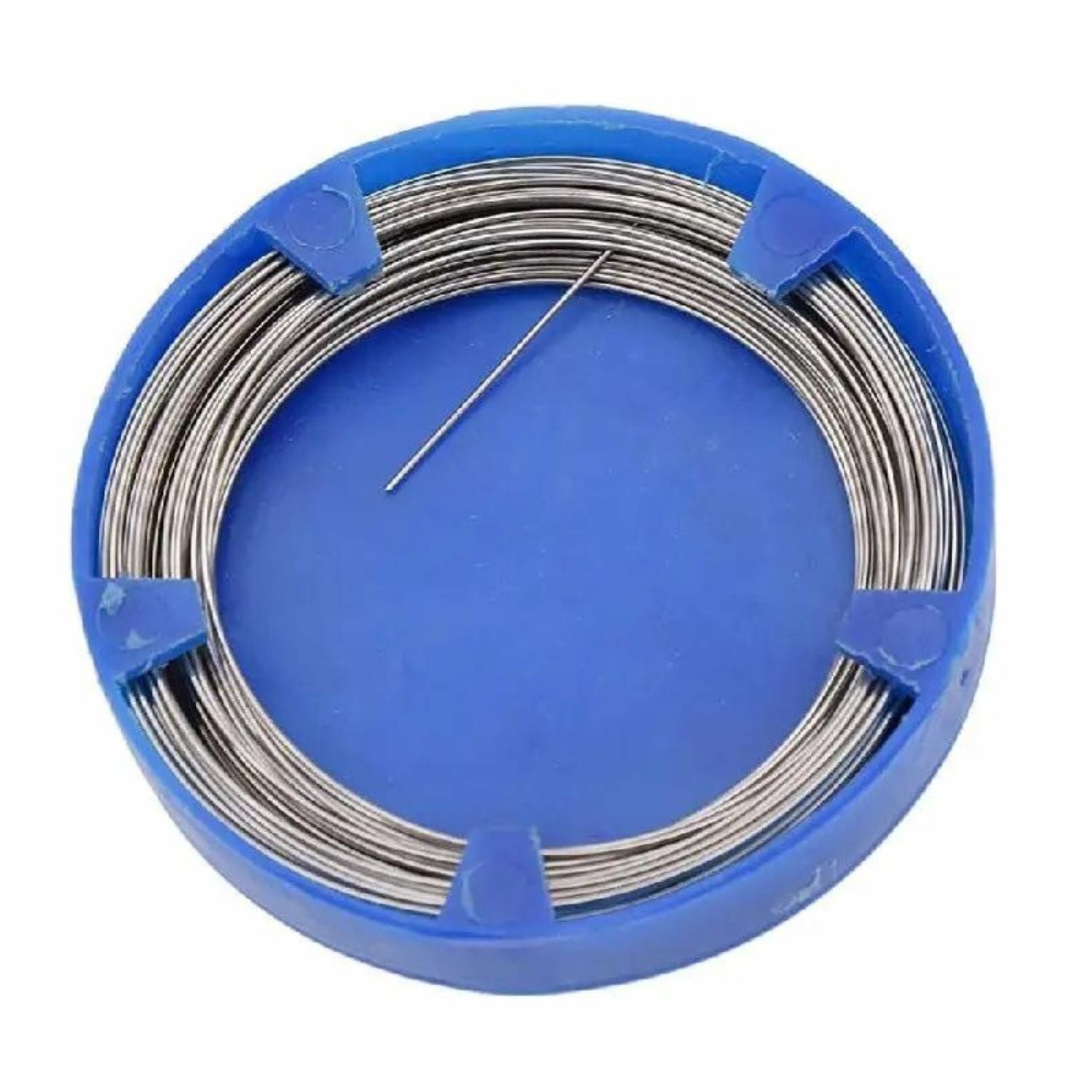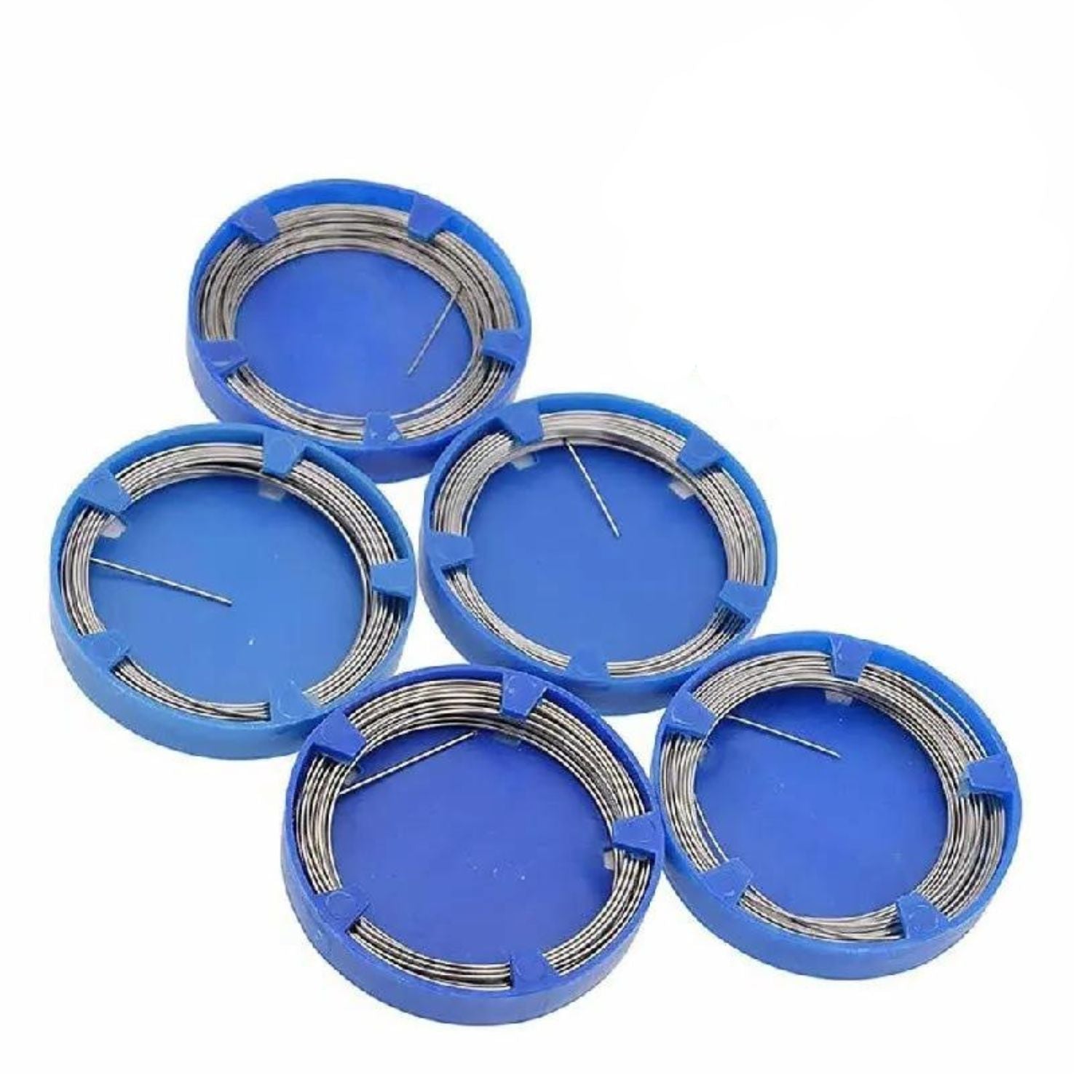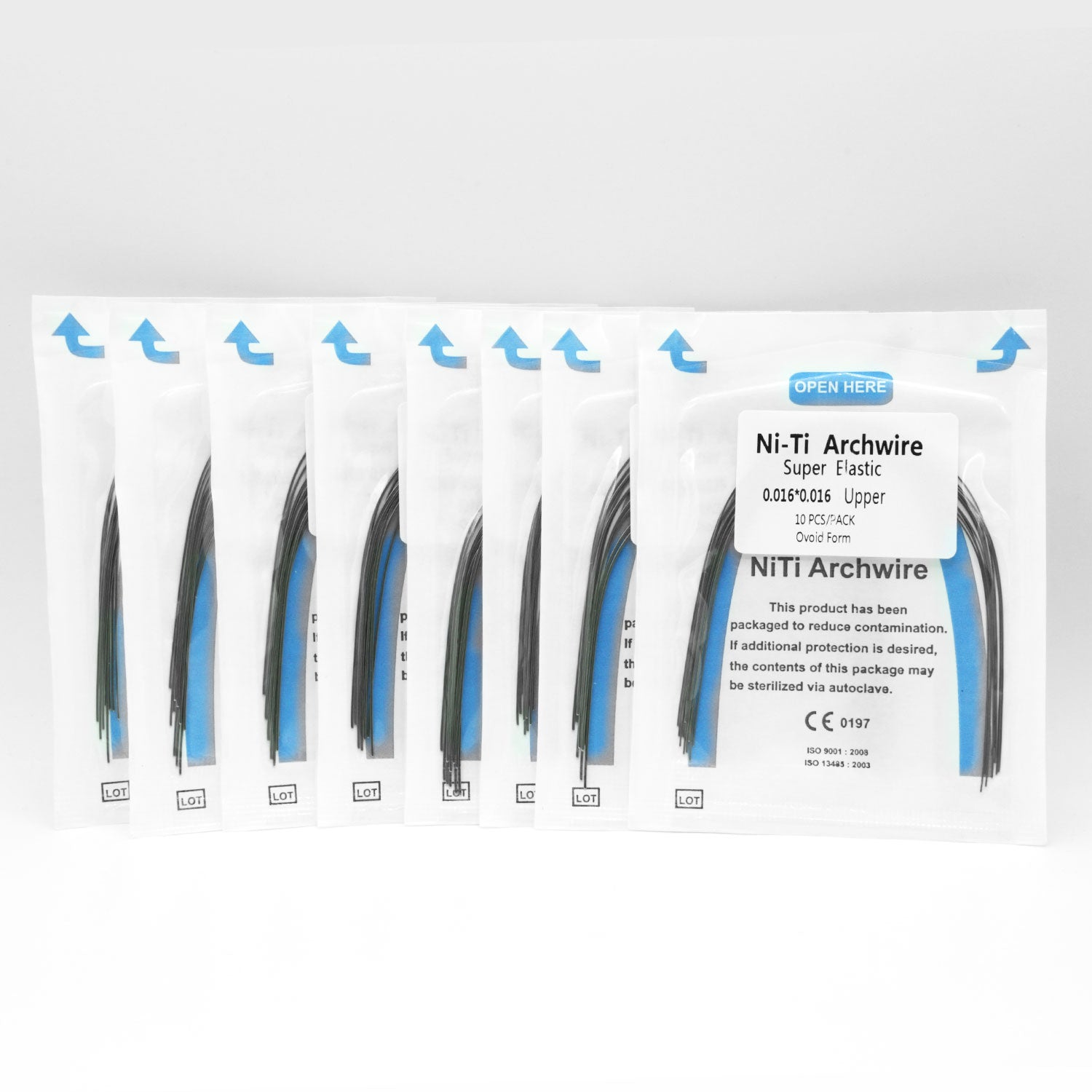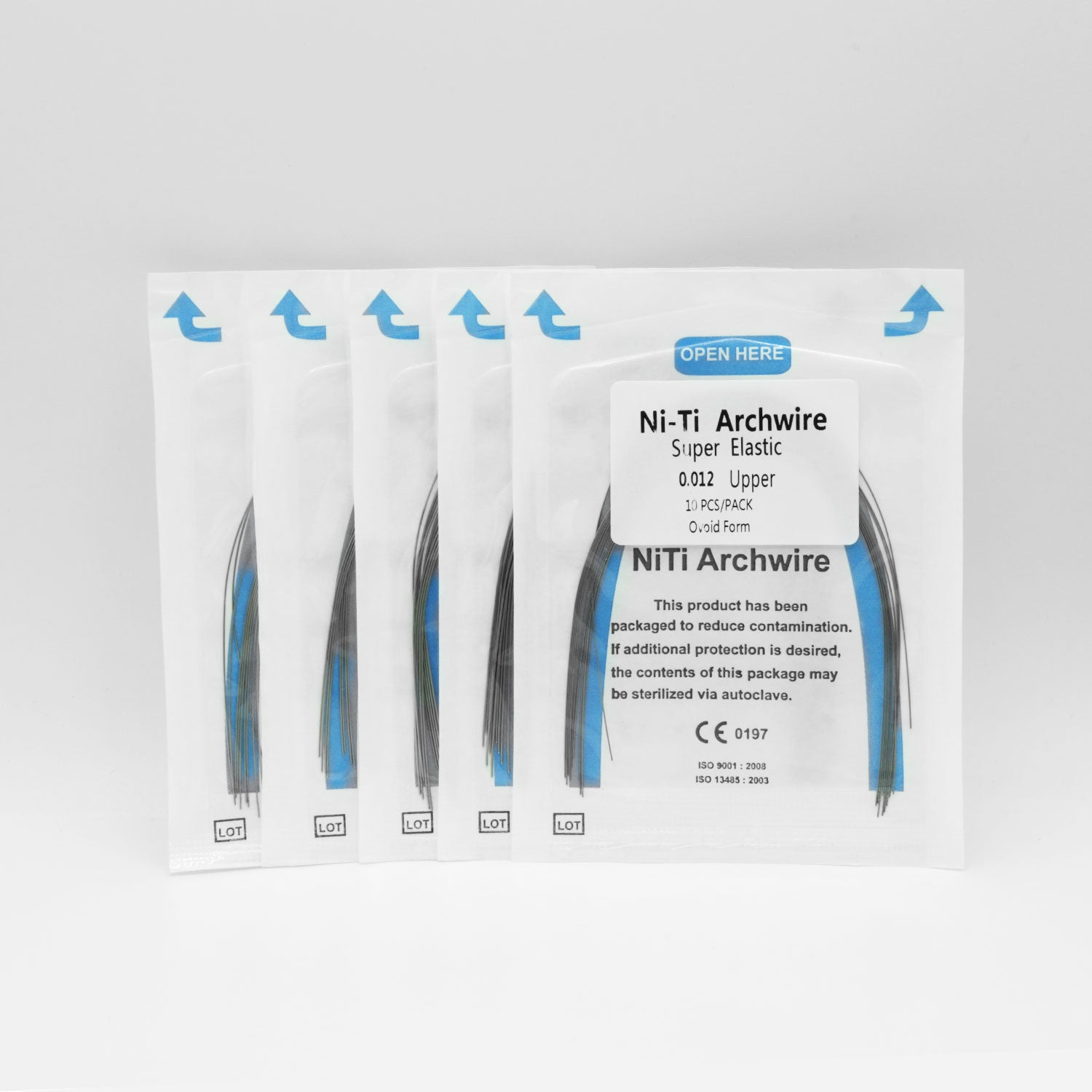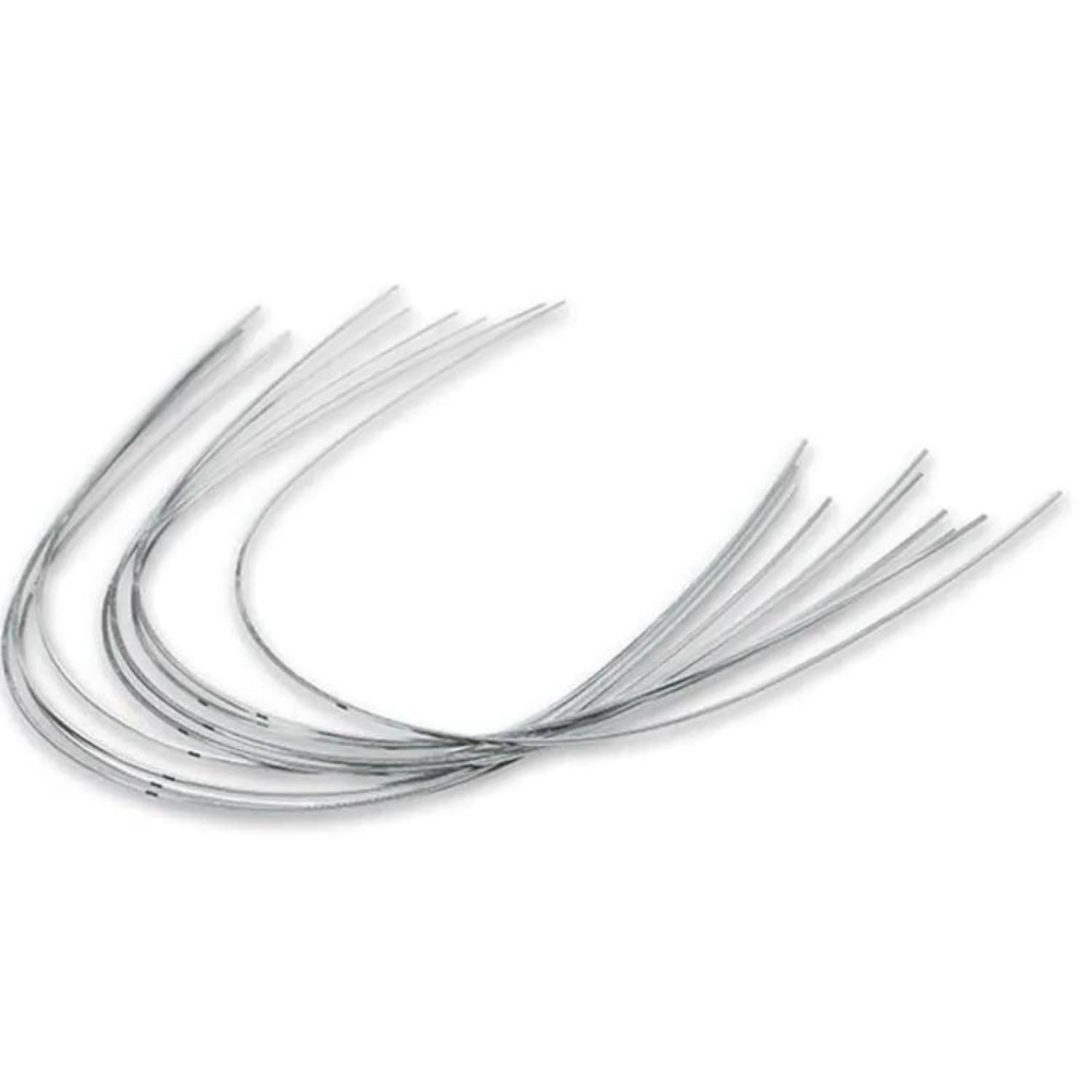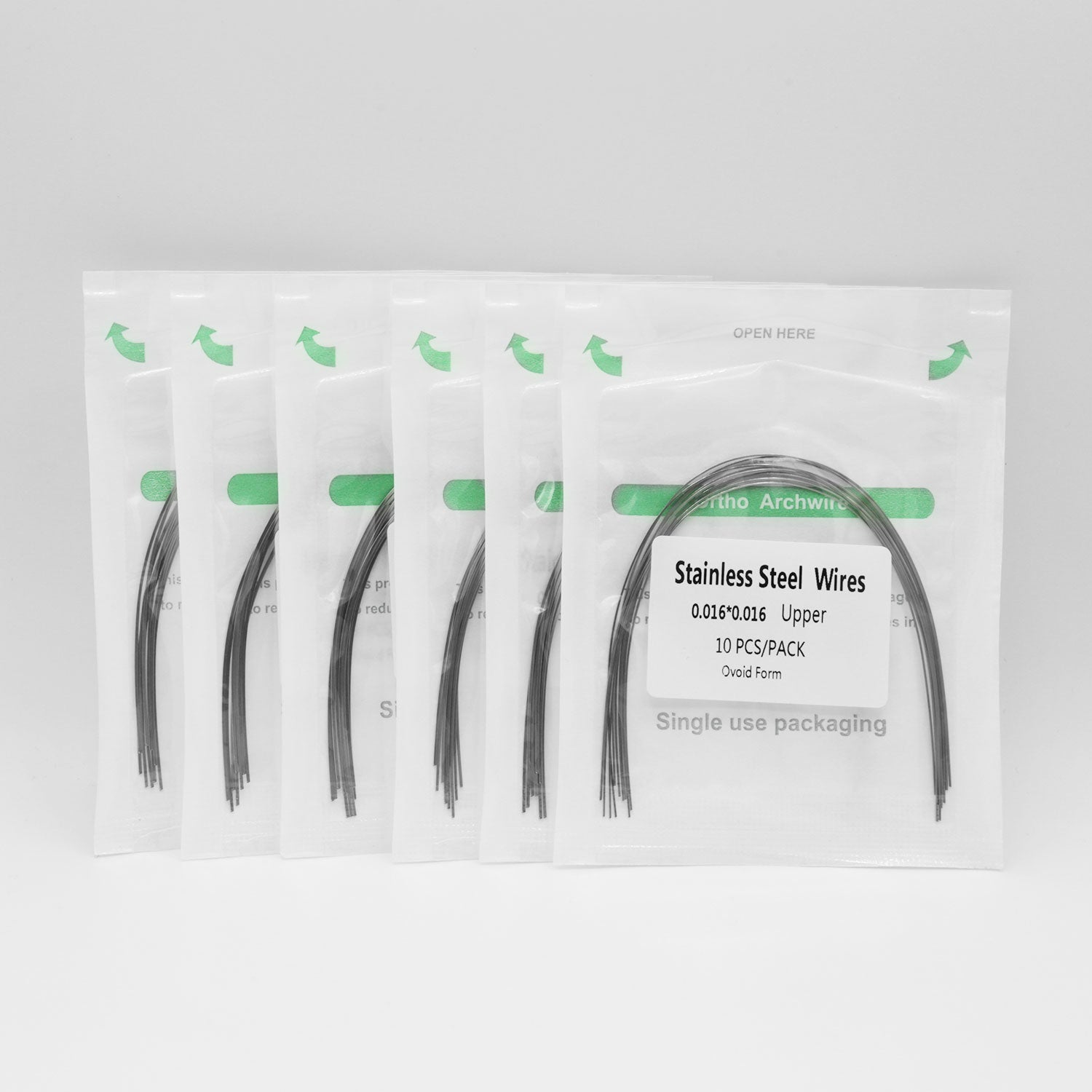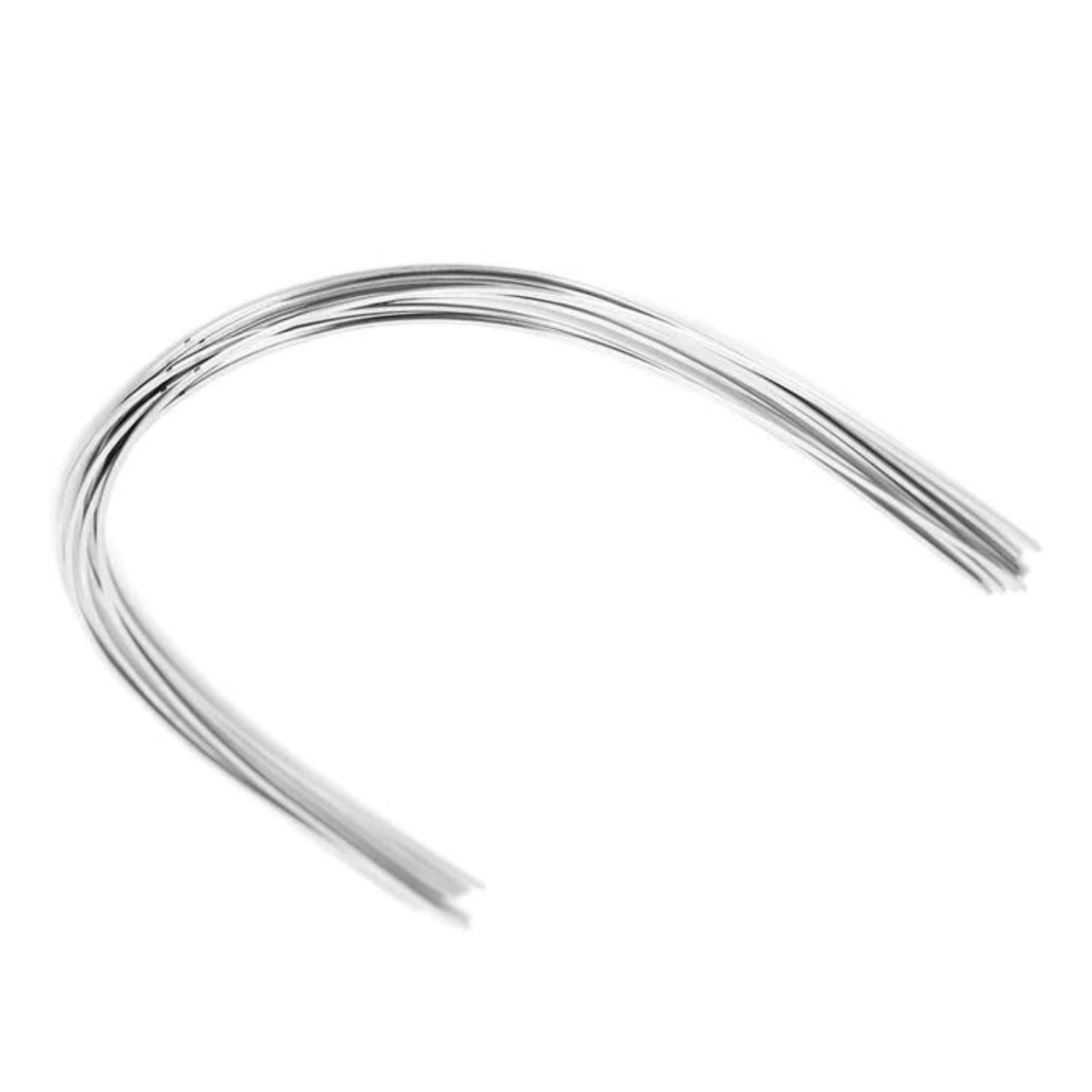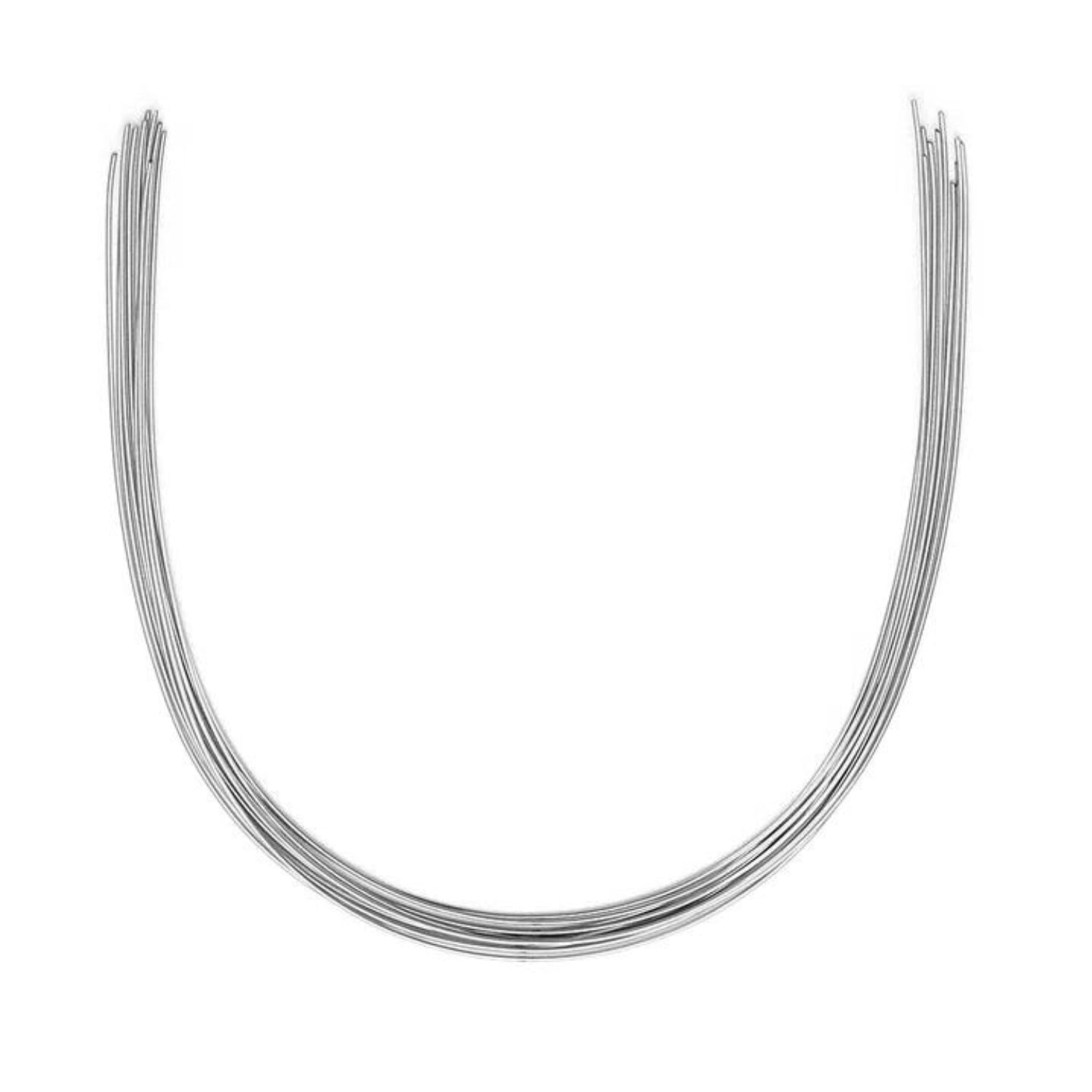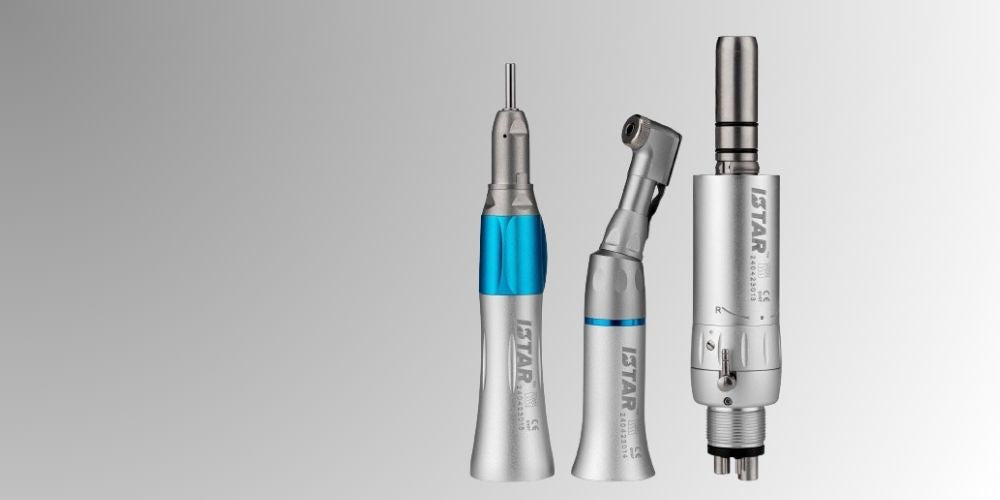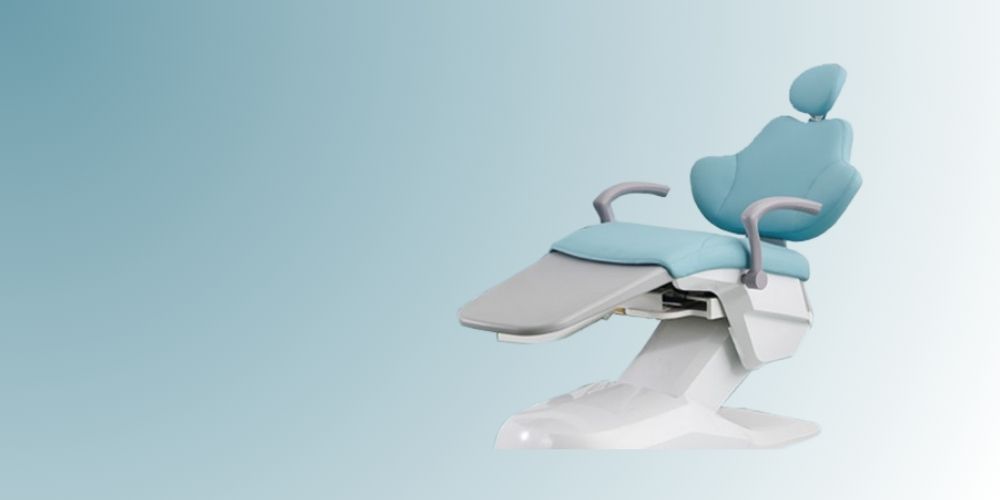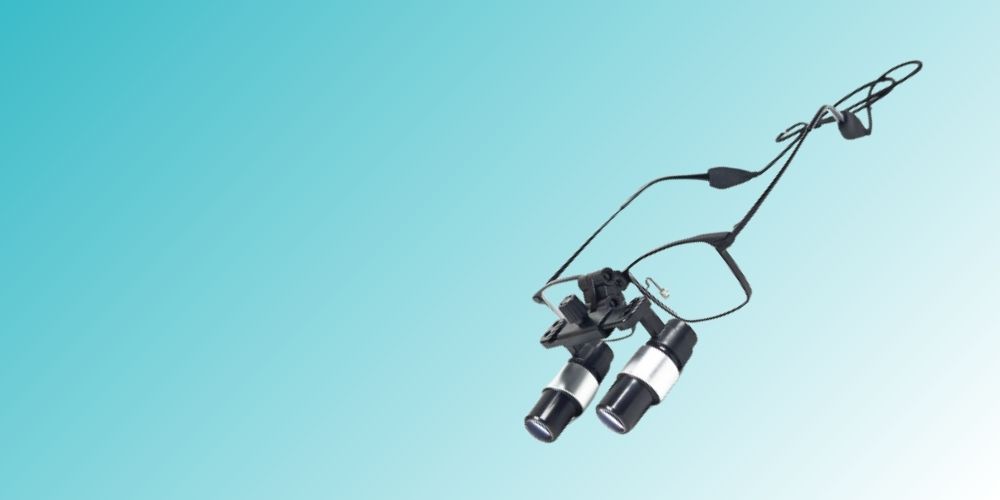
Características clave
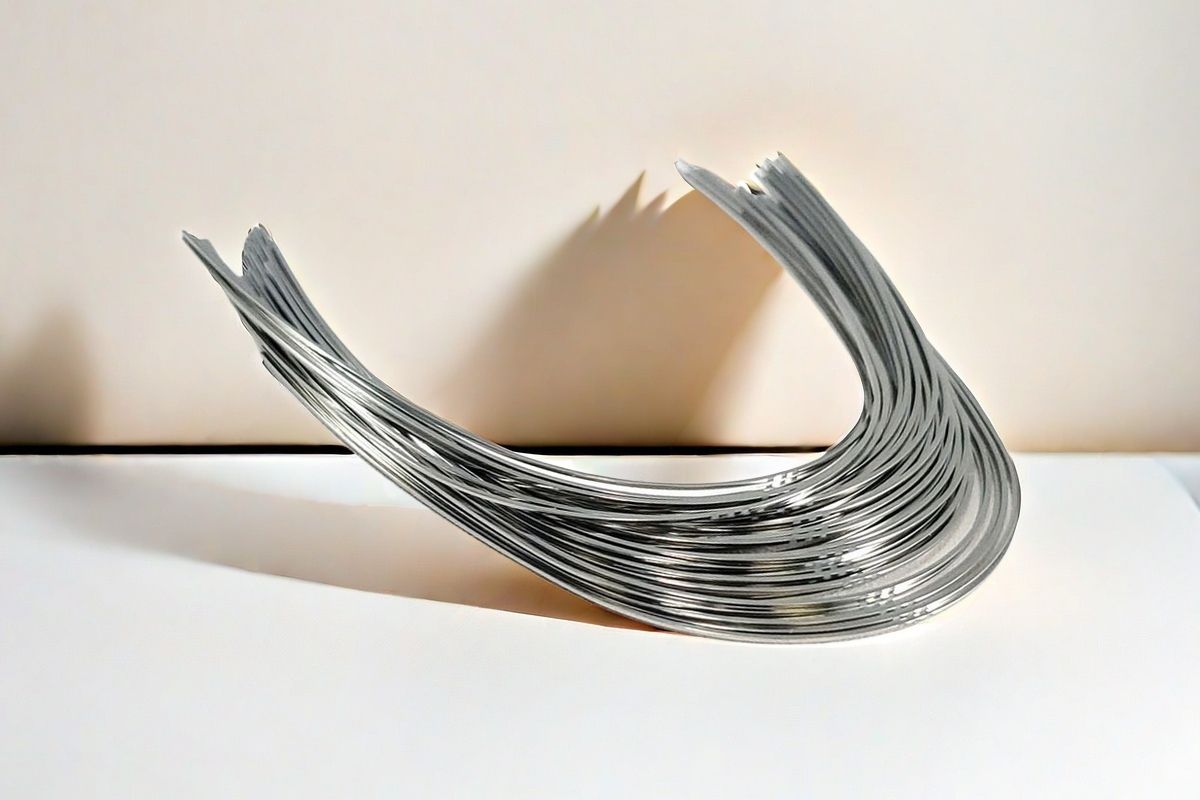
Material de alambre de tirantes de alta calidad.
Nuestros alambres para ortodoncia están fabricados con materiales de alta calidad y con una artesanía superior. Ya sea por la durabilidad del acero inoxidable tradicional o por la respuesta inteligente de la aleación de níquel-titanio superelástica, nuestros alambres garantizan estabilidad y eficacia durante todo el proceso de ortodoncia.
Estos materiales no solo son seguros y confiables, sino que también ayudan a reducir la incomodidad del paciente, haciendo que la experiencia del tratamiento sea más cómoda.
Amplia gama de estilos y tamaños
Contamos con una amplia gama de estilos de alambres de ortodoncia para usted, desde el tradicional alambre de acero inoxidable hasta el arco de alambre NITI más avanzado, desde alambres puntiagudos para brackets hasta alambres gruesos para brackets para ajustes complejos, asegurando que el proceso de ortodoncia de cada paciente reciba apoyo y orientación personalizados y precisos.
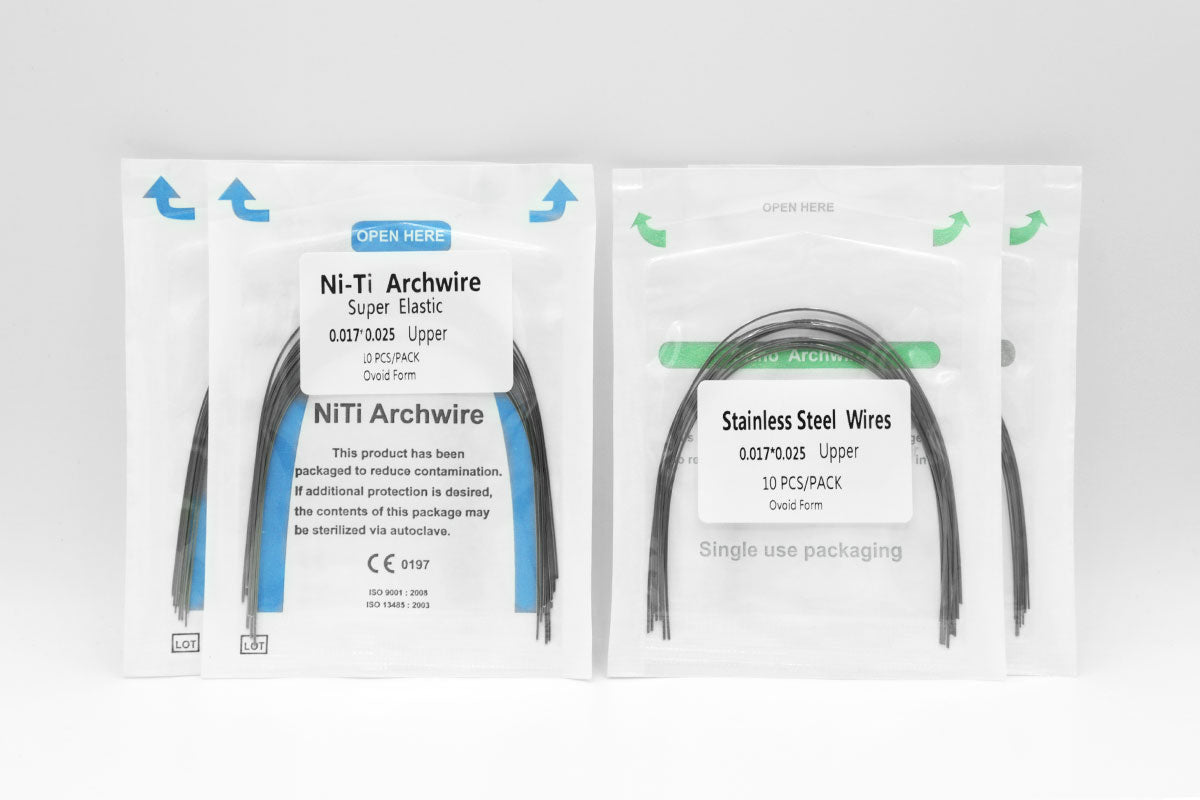
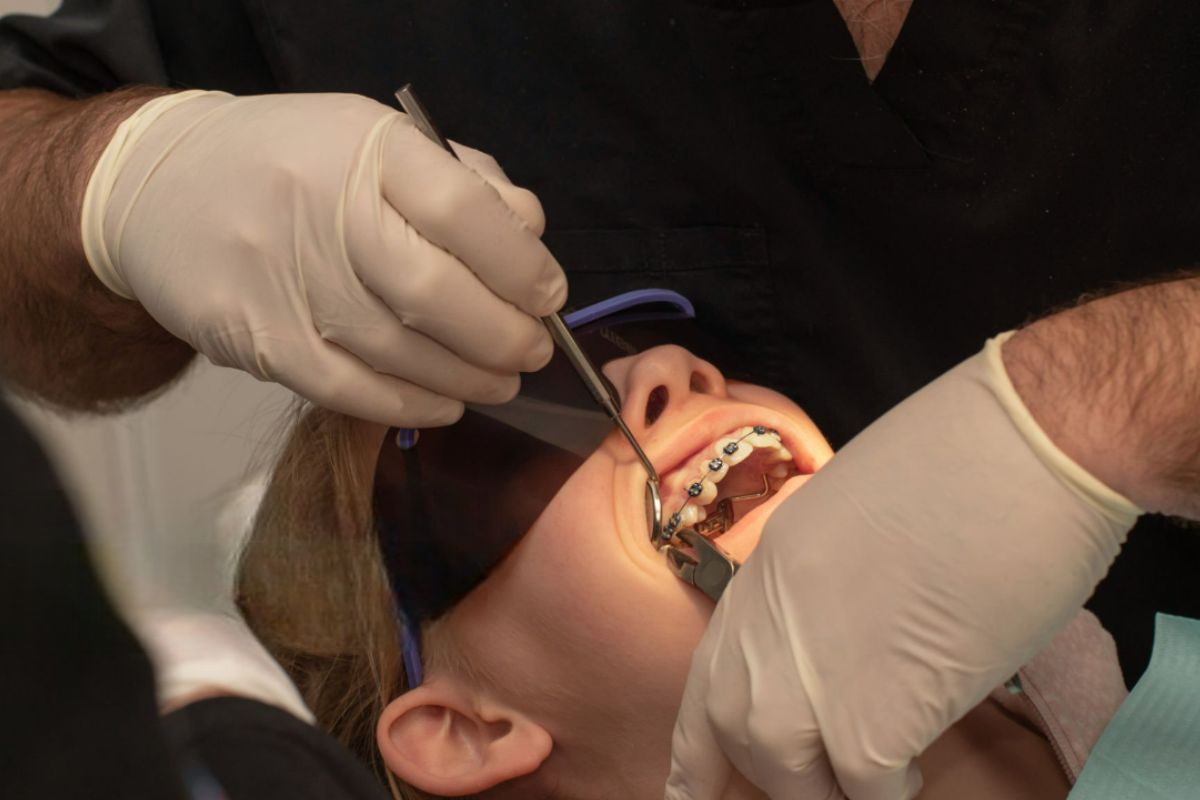
Fácil de operar
Nuestro alambres dentales Para aparatos ortopédicos También son excelentes en términos de experiencia de usuario. Son fáciles de operar, para los médicos es fácil realizar ajustes precisos, pero también es fácil para los pacientes limpiarlos y mantenerlos a diario, lo que reduce eficazmente el riesgo de infección bucal.
Preguntas frecuentes sobre los aparatos ortopédicos
El alambre de ortodoncia se divide principalmente en dos categorías, una es Arco NITI cable , el otro es alambre de acero inoxidable .
Estos dos arcos también se utilizan en diferentes etapas del diente, y el uso del arco niti El alambre sigue el orden de fino a grueso, de redondo a cuadrado.
El alambre de acero inoxidable se utiliza generalmente en el espacio de extracción de dientes cercano, para ajustar la relación entre la etapa de la mandíbula cuando la dureza del alambre cuadrado de acero inoxidable.
El alambre de los brackets aplica una fuerza continua al conectarse a los brackets, guiando el movimiento de los dientes y alineándolos gradualmente. Ayuda a corregir problemas de mordida y a dar forma al arco dental adecuado.
Esto garantiza que los dientes se muevan de manera eficiente y precisa durante el tratamiento, logrando en última instancia la mordida y los resultados estéticos deseados.
- Utilice pinzas
Si un alambre dental se ha salido del soporte molar, puedes usar pinzas para volver a colocarlo. Asegúrate de utilizar pinzas limpias y pedirle a un adulto que te ayude si es necesario.
- Cortar el alambre
Si el alambre de los brackets sobresale, puedes usar un cortaúñas limpio para cortarlo. Tire la mejilla hacia atrás y deslice la maquinilla sobre el alambre detrás del último soporte. Asegúrese de sacar el trozo de alambre cortado para no tragarlo.
- Tire del cable hacia adelante
Si el alambre de bloqueo de los tirantes sobresale hacia atrás, puedes tirar de toda la sección trasera hacia adelante para deslizarla hacia afuera de los tirantes.
Si el arco de un aparato se afloja o se desplaza, puede producir un incómodo pinchazo en la mejilla cuando no puede acudir rápidamente a un ortodoncista.
Utilice un pequeño trozo de cera de ortodoncia enrollado en una bola y colóquelo sobre la punta del alambre que le está irritando. Si es necesario, puedes usar el extremo de una goma de borrar de lápiz o un hisopo de algodón para doblar la punta de un alambre hacia atrás.
Si la comida pegajosa arranca un alambre, es posible que puedas usar un par de pinzas para volver a colocarlo hasta tu próxima cita de ortodoncia.
Cambios visibles : El alambre de los aparatos dentales puede sobresalir o moverse de su posición original.
Malestar: Un alambre de ortodoncia dental suelto puede perforar el interior de las mejillas o las encías, causando dolor o irritación.
Dificultad para comer o hablar: Un cable desalineado puede interferir con sus actividades habituales.
- Utilice cera de ortodoncia
Si el alambre de los aparatos dentales le molesta, puede hacer una bola con un pequeño trozo de cera de ortodoncia y aplanarla sobre el alambre. Esto crea una barrera entre la boca y el metal.
- Utilice una goma de borrar de lápiz o un hisopo de algodón.
Si el arco de alambre del aparato aún está unido al soporte pero sobresale, puedes intentar moverlo suavemente a su lugar con un borrador de lápiz o un hisopo de algodón.
Si bien puede sentirse tentado a arreglar usted mismo un alambre doblado en sus aparatos ortopédicos, es mejor Haga una cita con su ortodoncista.
Los ortodoncistas están capacitados para saber cómo doblar el alambre correctamente, y tratar de arreglarlo usted mismo podría causar problemas.
Si se sale un arco de alambre de sus aparatos ortopédicos, debe Contacte con su ortodoncista lo antes posible.
Pueden evaluar la situación y brindar orientación sobre cómo proceder. No debe intentar quitarse el cable usted mismo, ya que esto podría lesionarse o afectar su tratamiento.
Tragarse un alambre de ortodoncia no suele ser motivo de pánico, ya que Es probable que el cable pase por su sistema de forma segura:
- Cómo sucede: El estómago y el tracto digestivo humanos tienen suficiente acidez para disolver pequeños trozos de metal en cuestión de minutos.
- ¿Cuánto tiempo tarda?: El trozo restante se excretará en un día aproximadamente.
- Qué hacer: Puedes comer alimentos ricos en fibra como maíz y pan para ayudar en el proceso.
- Cuándo buscar atención médica: Debe buscar atención médica inmediata si experimenta dificultad para respirar o dolor en el pecho. En casos extremadamente raros, podrías inhalar accidentalmente el soporte y que éste termine en tus pulmones. En este caso debes tratarlo inmediatamente.
Cualquier pregunta?
Si aún no hemos respondido a tu pregunta, puedes contactarnos a continuación y nos comunicaremos contigo lo antes posible.

